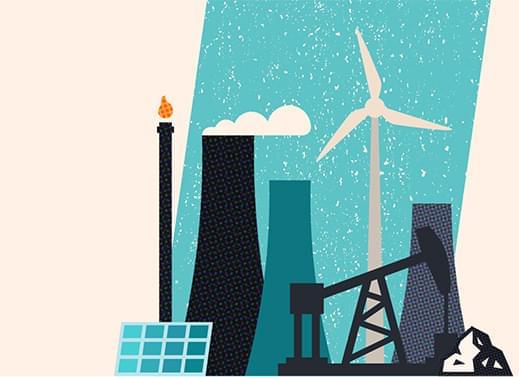SpaceX sets records, Tesla makes a change, Elon Musk prepares for liftoff.
SpaceX sets Falcon 9 records and prepares for Starship, Tesla makes a change in its Full-Self Driving software, Elon Musk prepares for Starship’s eventual liftoff.
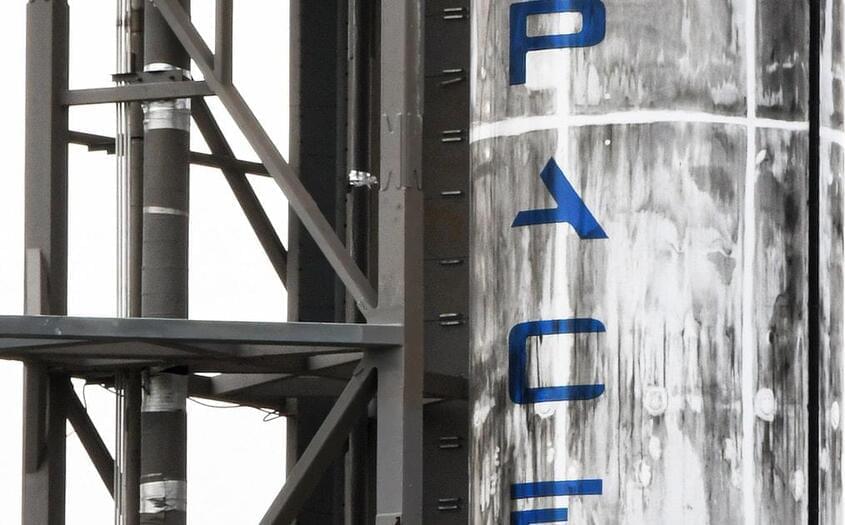

👉For business inquiries: [email protected].
✅ Instagram: https://www.instagram.com/pro_robots.
You are on the PRO Robots channel and today we present to your attention the latest issue of high-tech news. The U.S. military has learned to control more than a hundred robots simultaneously, and the Chinese have created a copy of Boston Dynamics’ BigDog robot, an electronic skin to control robots, and are about to compete with StarLink. For more on this, as well as underwater robots, the perfect robot arm, and other cutting-edge technology, check out our video!
0:00 In this video.
0:30 No-code developer.
0:30 DARPA’s new tests.
1:22 Robots learn to walk based on “feel“
2:15 Robot for Chinese military.
2:46 China decides to compete with Starlink.
3:12 Electronic skin will help control robots.
3:47 Fecal cryptocurrency.
4:22 NASA announces a competition to create a toilet for a flight to Mars.
5:00 Neuralink preparing for human trials.
5:31 Nauticus Robotics unveils marine robot fleet.
6:25 Robotic ferry in Japan.
6:55 Club_KUKA exhibition cell.
7:23 Dining hall of the Olympic Village in China.
7:43 The most sensitive robotic arms from Shadow Robot.
8:10 Artificial Intelligence Leg Prosthesis.
8:35 Robotic manufacturing of ARRIVAL electric cars.
8:55 An exact replica of the human palm ILDA
9:57 Robot avatar replaces sick children at school.
10:24 First tests of ZEVA Zero aircraft.
10:58 A device to print patches on the ISS
11:26 New Promobot Vending complex.
11:55 The Smart Home standard will include robots.
#prorobots #robots #robot #futuretechnologies #robotics.
More interesting and useful content:
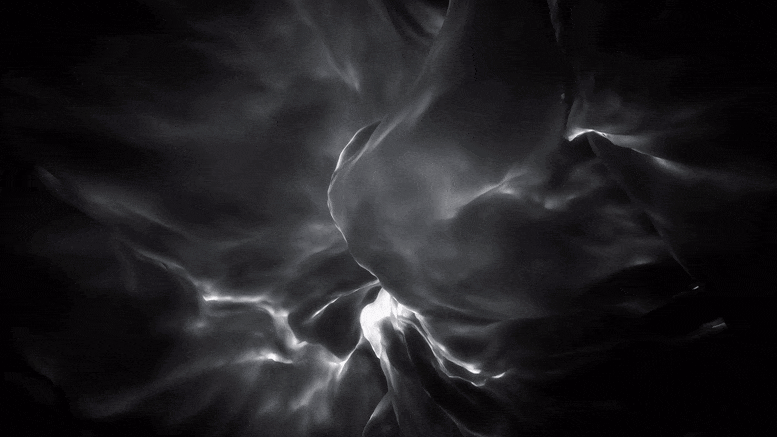
The nature of dark matter continues to perplex astronomers. As the search for dark matter particles continues to turn up nothing, it’s tempting to throw out the dark matter model altogether, but indirect evidence for the stuff continues to be strong. So what is it? One team has an idea, and they’ve published the results of their first search.
The conditions of dark matter mean that it can’t be regular matter. Regular matter (atoms, molecules, and the like) easily absorbs and emits light. Even if dark matter were clouds of molecules so cold they emitted almost no light, they would still be visible by the light they absorb. They would appear like dark nebula commonly seen near the galactic plane. But there aren’t nearly enough of them to account for the effects of dark matter we observe. We’ve also ruled out neutrinos. They don’t interact strongly with light, but neutrinos are a form of “hot” dark matter since neutrinos move at nearly the speed of light. We know that most dark matter must be sluggish, and therefore “cold.” So if dark matter is out there, it must be something else.
In this latest work, the authors argue that dark matter could be made of particles known as scalar bosons. All known matter can be placed in two large categories known as fermions and bosons. Which category a particle is in depends on a quantum property known as spin. Fermions such as electrons and quarks have fractional spin such as 1/2 or 3/2. Bosons such as photons have an integer spin such as 1 or 0. Any particle with a spin of 0 is a scalar boson.
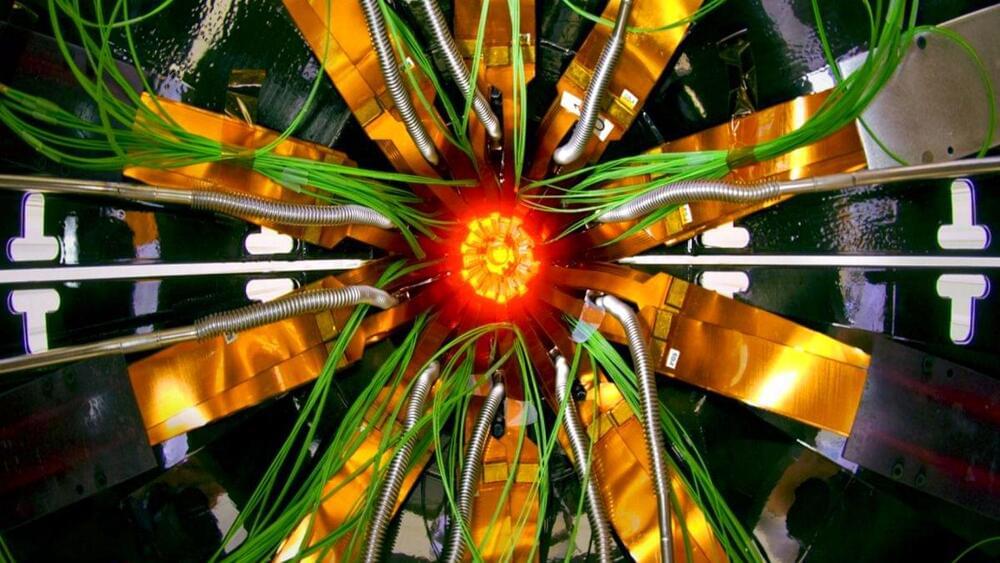
It’s no secret that, while the humble GPU was originally conceived for the express purpose of chucking polygons around a screen in the most efficient way, it turns out the parallel processing prowess of modern graphics chips makes for an incredibly powerful tool in the scientific community. And an incredibly efficient one, too. Indeed A Large Ion Collider Experiment (ALICE) has been using GPUs in its calculations since 2010 and its work has now encouraged their increased use in various LHC experiments.
The potential bad news is that it does mean there’s yet another group desperate for the limited amount of GPU silicon coming out of the fabs of TSMC and Samsung. Though at least this lot will be using it for a loftier purpose than mining fake money coins.
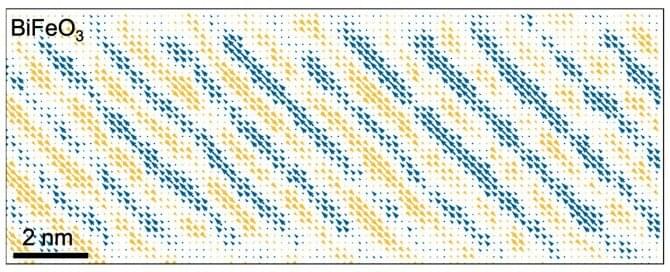
Conventional batteries are a lot like camels. They’re great for storage and transportation, but they’re not exactly speedy.
For technologies that require a fast discharge of energy, such as heart defibrillators, alternative materials are often used; foremost among them, antiferroelectrics.
There is only a handful of known antiferroelectric materials, and most of them contain lead, so they aren’t safe enough for everyday applications. Now, a Cornell-led collaboration has discovered a new approach for making a lead-free antiferroelectric that performs as well as its toxic relatives.
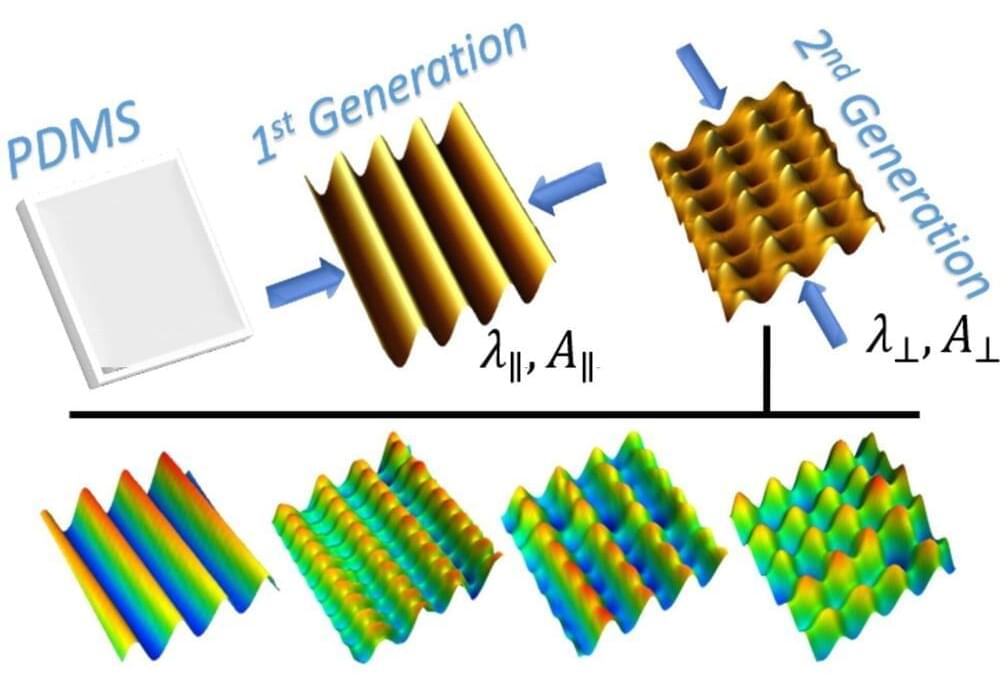
Researchers have created intricately patterned materials that mimic antimicrobial, adhesive and drag reducing properties found in natural surfaces.
The team from Imperial College London found inspiration in the wavy and spiky surfaces found in insects, including on cicada and dragonfly wings, which ward off bacteria.
They hope the new materials could be used to create self-disinfecting surfaces and offer an alternative to chemically functionalized surfaces and cleaners, which can promote the growth of antibiotic-resistant bacteria.

Elon Musk’s company launched a Falcon 9 rocket bearing the 49 satellites from Kennedy Space Center in Florida on Thursday (Feb. 3), but a geomagnetic storm that struck a day later sent the satellites plummeting back toward Earth, where they will burn up in the atmosphere.
“Unfortunately, the satellites deployed on Thursday were significantly impacted by a geomagnetic storm on Friday,” SpaceX said in a statement. “Preliminary analysis show[s] the increased drag at the low altitudes prevented the satellites from leaving safe mode to begin orbit-raising maneuvers, and up to 40 of the satellites will reenter or already have reentered the Earth’s atmosphere.”
The satellites were hit by the storm just one day after launch.[/s].

